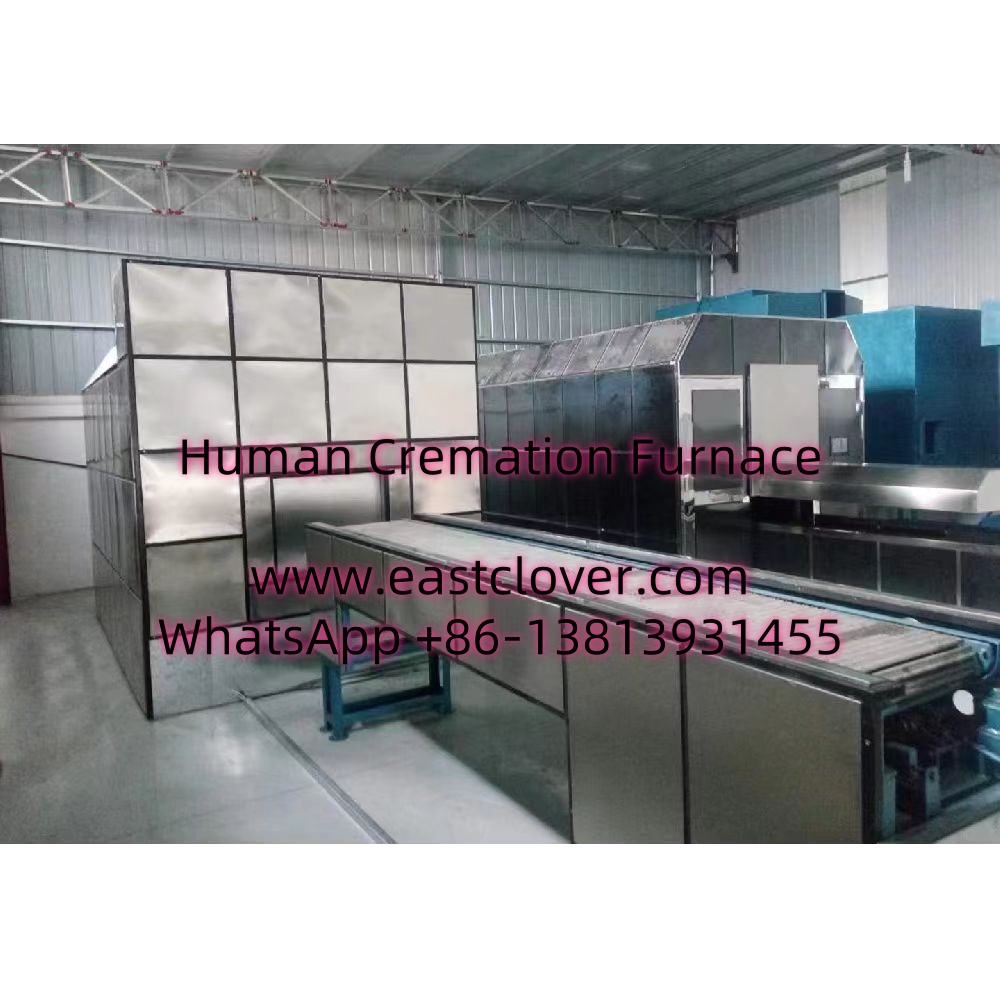Embracing Sustainability in End-of-Life Practices
The funeral industry has historically been associated with significant environmental costs, particularly through traditional cremation methods. As the global community intensifies its focus on sustainability, innovative technologies are emerging to reduce the ecological footprint of end-of-life practices. Non-toxic, eco-friendly cremation incinerators represent a transformative shift, blending respect for cultural traditions with a commitment to environmental stewardship.
The Environmental Impact of Traditional Cremation
Conventional cremation relies on fossil fuel-powered furnaces that operate at temperatures between 1,400°F to 1,800°F. These processes generate:
- Carbon Emissions: A single cremation emits approximately 400 kg of CO₂, contributing to climate change.
- Toxic Byproducts: Mercury from dental amalgams, dioxins, and particulate matter are released into the atmosphere.
- Resource Consumption: High energy demands and the use of non-recyclable materials like concrete in burial vaults further strain ecosystems.
Regulatory gaps in many regions allow these pollutants to persist, underscoring the need for cleaner alternatives.
Innovations in Non-Toxic Cremation Technology
Advanced Filtration Systems
Modern incinerators integrate multi-stage filtration to neutralize pollutants:
- Activated Carbon Filters: Capture mercury and volatile organic compounds (VOCs).
- Wet Scrubbers: Use chemical reagents to dissolve acidic gases like sulfur dioxide.
- Electrostatic Precipitators: Remove 99% of particulate matter before emissions exit the stack.
Renewable Energy Integration
Pioneering facilities are replacing natural gas with renewable energy sources:
- Solar-thermal systems preheat furnaces, cutting fossil fuel use by up to 40%.
- Biofuel-powered cremators, such as those using biodiesel from waste cooking oil, are gaining traction in Scandinavia.
Material Efficiency
New refractory materials like zirconia-based ceramics withstand higher temperatures, reducing furnace wear and extending lifespans. Modular designs also allow component replacement without discarding entire systems.
Resomation: Water-Based Cremation
Alkaline hydrolysis (resomation) uses a pressurized solution of water and potassium hydroxide to break down remains at 350°F. Benefits include:
- 90% less energy consumption than flame cremation
- Zero airborne emissions
- Sterile liquid byproduct safe for agricultural use
Benefits of Eco-Friendly Cremation Systems
- Climate Mitigation: Bioenergy-powered systems can achieve carbon neutrality over their lifecycle.
- Public Health Protection: Advanced filters eliminate 99.9% of mercury emissions, addressing neurological health risks.
- Economic Incentives: Solar-integrated systems reduce operational costs by 30-50% over a decade.
- Regulatory Compliance: Exceed EU directives on industrial emissions (2010/75/EU) and U.S. Clean Air Act standards.
Global Adoption and Case Studies
Sweden: Over 20% of crematories now use biogas from food waste, aligning with national carbon neutrality goals.
California: Resomation facilities processed 15,000 remains in 2022, with plans to expand amid drought conditions favoring water-efficient methods.
Japan: Urban crematories are adopting AI-powered emissions monitoring systems, reducing operator error by 70%.
www.southclover.com
The transition to non-toxic cremation technologies demonstrates the funeral industry’s capacity for environmental innovation. By adopting renewable energy integration, advanced filtration, and alternative methods like resomation, these systems offer a pragmatic path to reconciling memorial practices with planetary health. Continued advancement will require collaborative investment, public education, and policy frameworks that incentivize sustainable choices.
Frequently Asked Questions
What defines an eco-friendly crematorium?
Eco-friendly facilities utilize renewable energy, exceed emissions standards, and often hold certifications like NSF/ANSI 457 for sustainable death care.
Is resomation legally recognized as cremation?
38 U.S. states and 14 countries classify alkaline hydrolysis as legal cremation, with ashes treated identically to traditional remains.
Are green cremation methods more expensive?
Initial costs are 10-20% higher, but energy savings typically offset this within 3-5 years. Some governments offer tax incentives for adoption.
How do emissions from modern incinerators compare to burial?
Advanced cremation systems now produce 75% fewer emissions than traditional burial (accounting for grave maintenance and casket production).
Can families still collect ashes from resomation?
Yes. The process yields bone minerals that are processed into a fine powder, indistinguishable from flame cremation ashes.

Comments are closed